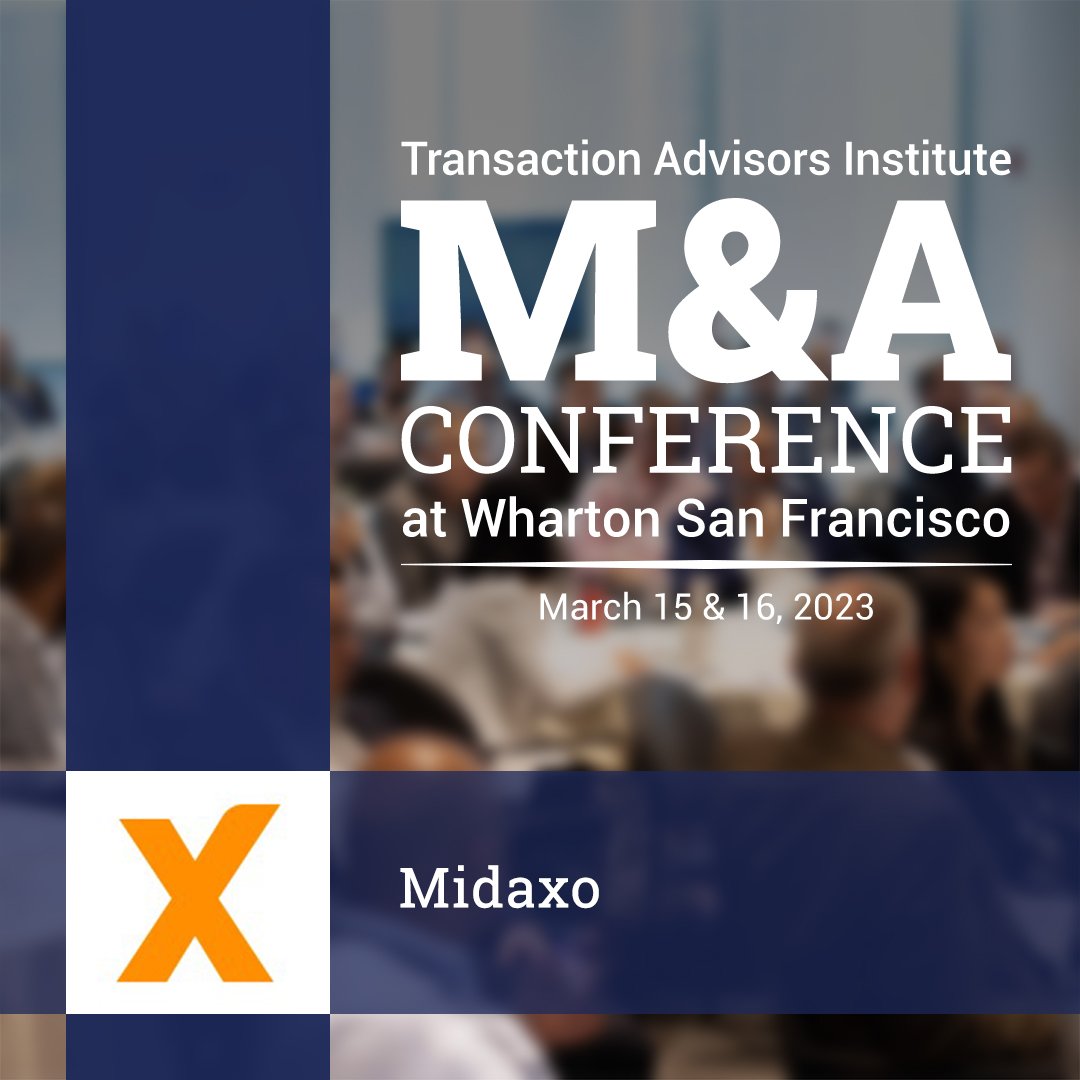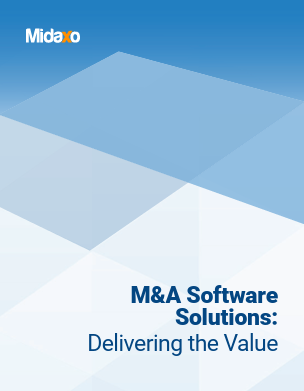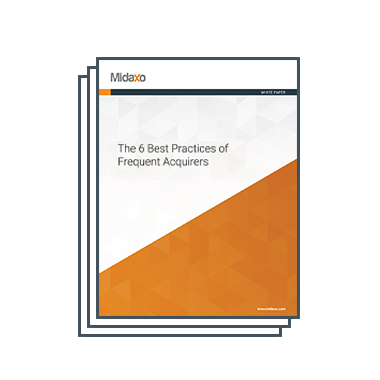In March 2023, the Transaction Advisors Institute (TAI) held their annual San Francisco conference for corporate development and M&A. We were excited to partner with TAI as a sponsor this year to share ideas with attendees on how to elevate dealmaking using modern SaaS technologies for managing their M&A processes.
The conference boasted a comprehensive program with thought-provoking panelists who shared their expert insights on the latest trends in the M&A landscape. It was an excellent opportunity for dealmakers to gain new perspectives, network with industry peers, and stay abreast of the latest developments in the field.
Below are 7 major takeaways from the panel discussions on the state of M&A and current challenges impacting complex transactions today.
Major Takeaways:
1. Divestitures continue to be rare and are often difficult to map out well
The sale or spin-off of a business unit is usually a more complex and time-consuming process than acquisitions. One speaker highlighted that divestitures often involve a trade-off between short-term and long-term goals. While divesting a non-core business unit may provide an immediate boost to the company’s financial performance, it can also reduce the company’s long-term growth prospects and competitive advantage. The potential impact on stakeholders, including employees, customers, and suppliers is also a major consideration. Divesting a business unit can create uncertainty and disruption for these stakeholders, which can have long-lasting implications for the company’s reputation and relationships. It remains challenging for companies to identify and execute divestiture opportunities that align with their strategic priorities and would generate sufficient value for shareholders.
2. Diversity is a major consideration for acquisitions in 2023
Companies have been recognizing that diversity in teams can lead to better decision-making, improved performance, and a more inclusive culture. A Managing Partner of Skyview Capital mentioned that PE firms are feeling pressure to buy more minority and women-owned businesses. In the same discussion, Hughes (Atlassian) emphasized the importance of buying companies with diverse teams, while the Vice President of Corporate Development at LinkedIn mentioned they are actively trying to invest more in minority-owned companies and to provide their teams with executive mentorship. Diversity is increasingly seen as a key factor in building successful and sustainable businesses and deal teams are making efforts to ensure it is a major consideration throughout the M&A process.
3. Venture investing / joint ventures can be seen as good indicators of M&A opportunity
When a company invests in a startup or forms a joint venture with another company, it often signals an interest in the technology or business model. This interest may ultimately lead to a potential acquisition or future merger with the joint venture partner. Thus, tracking the venture investments and joint ventures of companies in a particular industry can provide insights into potential M&A activity and strategic priorities.
4. Decreasing the Letter of Intent (LOI) approval timeline helps close more deals
When setting out to acquire a company, making the first offer is often critical. Nic Volpi from Permira Advisers stated during a panel that in about 80% of deals, the firm that puts in the first bid ends up winning. Unfortunately, the LOI approval process can be complex, involving multiple parties, legal, and financial considerations, which can significantly delay an offer. Finding a way to expedite the LOI approval process could be a valuable way to improve deal closures by allowing your team to get the first offer in — but also by reducing uncertainty, costs, and resource demands.
“LOI approval chains are an important factor in deal speed. Shortening the approval time helps close deals.” — Sarah Hughes, Head of Corporate Development at Atlassian
5. Finding the right time to connect with a target is just as important as identifying the right target (if not more so)
Timing is a critical factor in M&A success. For large corporations in particular, target identification is not a big issue, because they are able to constantly identify and track companies in all their markets of potential interest. Instead, their focus is on identifying the right time to connect with a potential target and launch acquisition discussions. By monitoring key indicators with data sources such as LinkedIn, deal teams can identify when the time is right to ramp up outreach and to assess the potential attractiveness and fit of a target. These valuable insights into a target’s readiness increase the chances of successfully executing an acquisition.
6. Post-Merger Integration (PMI) remains the hardest part of M&A
PMI is widely regarded as the hardest part of M&A. A successful integration requires managing both the technical and cultural aspects — integrating systems and processes, aligning cultures, and managing talent — in a delicate balance. Successful PMI requires careful planning, strong leadership, and effective communication at all levels of the organization. It also requires a willingness to adapt and make adjustments as necessary throughout the integration process. Overall, PMI is the hardest part of M&A because it requires a high level of skill, experience, and patience to navigate the challenges of combining multiple companies into a single entity.
“Integration is by far the hardest part of a deal. It’s hard to justify doing a deal unless we know we have the ingredients to grow at scale.” — Kevin Hutchins, Juniper Networks
7. In valuations, performance currently outweighs growth
While growth has traditionally been a key driver of valuations, investors and acquirers in 2023 are placing greater emphasis on a company’s ability to sustain its performance over the long-term. This shift is likely due in part to increasing market volatility and uncertainty, which has made investors more cautious about betting on future growth. Additionally, there is increasing recognition that sustainable future growth is dependent on strong underlying performance and operational excellence. As a result, companies that can demonstrate consistent and strong performance, even if their growth rates are more modest, are being rewarded with higher valuations. This trend is likely to continue as investors and acquirers prioritize stability and resilience in their M&A strategies.
We look forward to partnering with TAI at their June conference in Chicago and their fall conference in New York City. If you would like to learn more about how M&A SaaS platforms are helping companies around the world improve their performance, please contact us.





